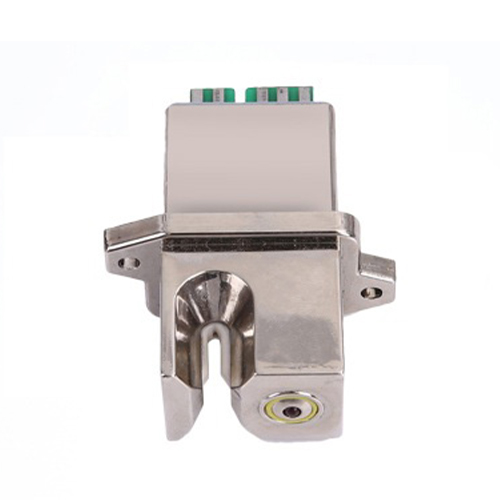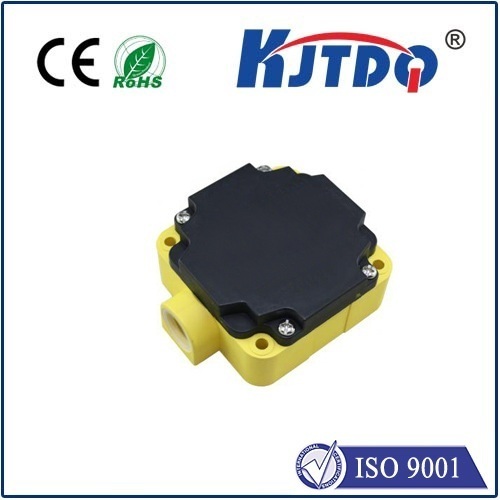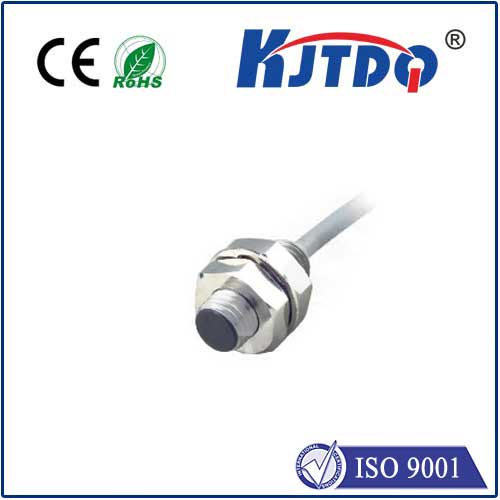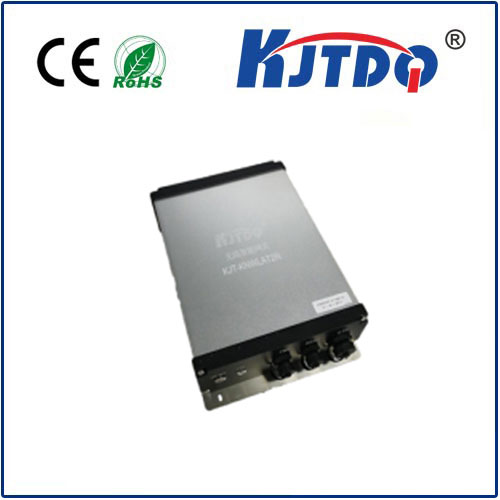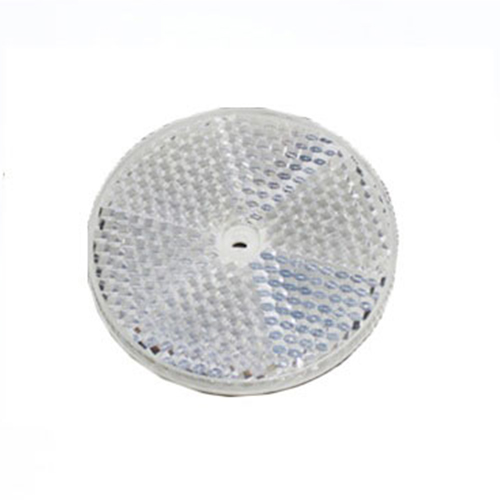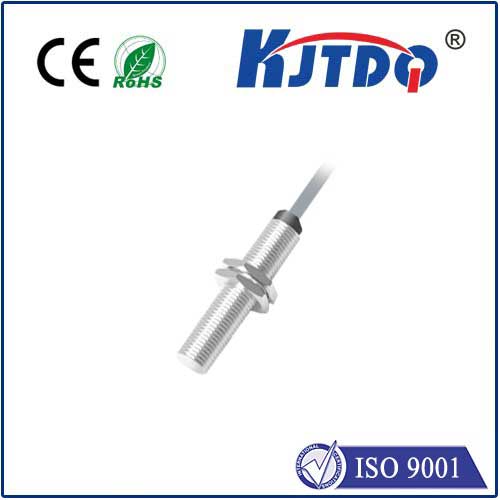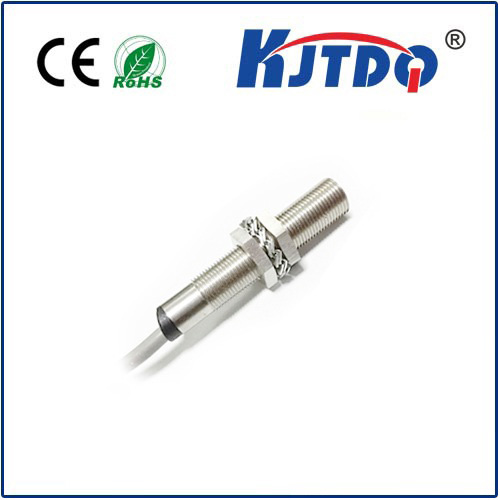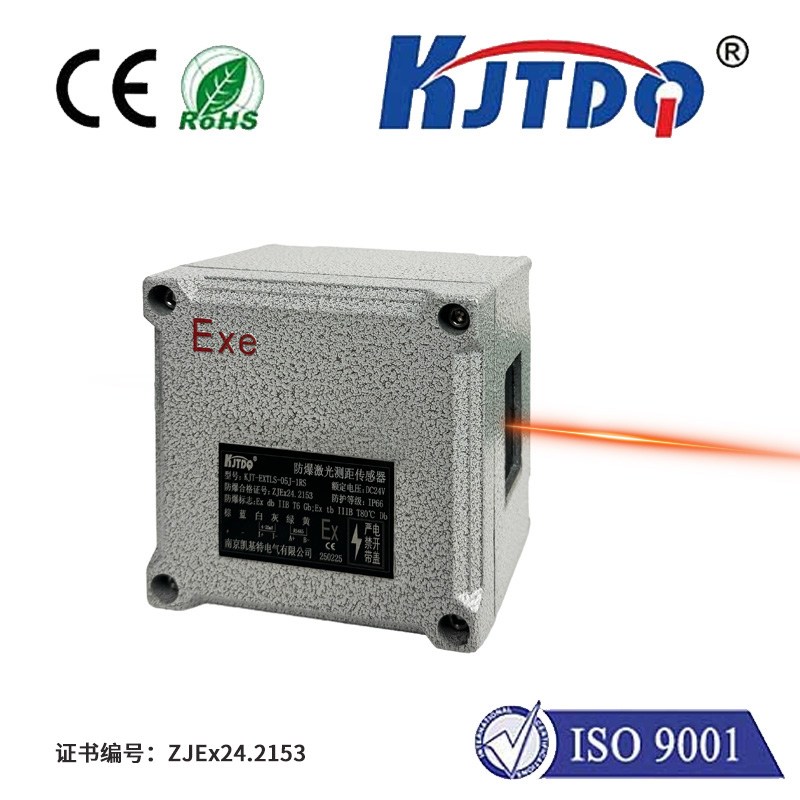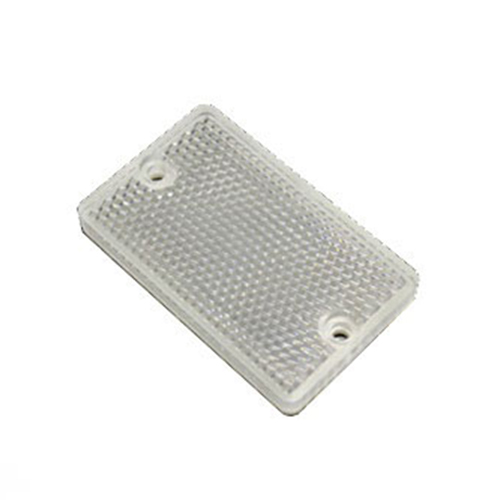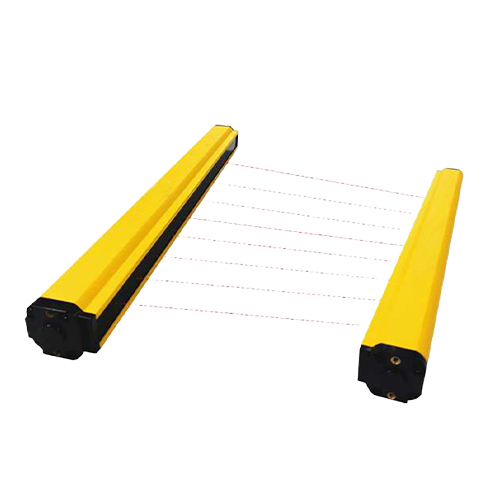BHS006U high pressure proximity sensor
- time:2025-10-02 00:15:27
- Click:0
BHS006U High Pressure Proximity Sensor: Sensing Reliability Where Pressure Reigns
Imagine the relentless forces within a hydraulic press forging steel, the immense pressures deep within a fluid power system, or the unforgiving environment surrounding heavy-duty process machinery. In these demanding realms, traditional sensors often fail, crushed or compromised by the sheer physical stress. This is precisely where the BHS006U High Pressure Proximity Sensor steps in – engineered not just to sense, but to thrive where others falter. Designed explicitly for applications where extreme pressure is a constant, not an exception, this sensor is a cornerstone of reliability in critical industrial operations.
Understanding the High-Pressure Challenge
Standard proximity sensors excel at detecting the presence or absence of metallic objects without physical contact. However, conventional housings and materials aren’t inherently built to withstand sustained, crushing external forces. When subjected to environments with pressures exceeding typical atmospheric norms significantly – think hydraulic systems (hundreds or thousands of PSI/Bar), deep-sea equipment, high-pressure molding machines, or heavy forging applications – standard sensors risk:
- Housing Collapse: Physical deformation under extreme pressure.
- Seal Failure: Compromised ingress protection (IP ratings), leading to internal damage from fluids or contaminants.
- Signal Drift or Loss: Mechanical stress affecting internal electronics or sensing element stability.
- Premature Failure: Significantly reduced operational lifespan.
The BHS006U High Pressure Proximity Sensor directly addresses these vulnerabilities. Its defining characteristic is its robust construction, specifically engineered to maintain structural integrity and reliable sensing performance under extraordinarily high external pressures.
Core Technology and Robust Design

While fundamentally operating on standard proximity sensing principles (typically inductive technology for detecting metallic targets), the BHS006U incorporates critical design enhancements:
- Pressure-Resistant Housing: Constructed from high-strength materials like stainless steel or specialized alloys, the sensor body is engineered to resist deformation under immense loads. This is the critical differentiator.
- Reinforced Sealing: Utilizes advanced sealing techniques and materials (like specialized O-rings and welding) to achieve high IP ratings (e.g., IP67, IP68, IP69K) even under pressure, ensuring internal electronics remain protected from fluids and contaminants.
- Optimized Sensing Face: The area most exposed to pressure is specifically reinforced. The sensing coil and electronics are potted or arranged to minimize stress impact on the sensing signal.
- Ruggedized Components: Internal components are selected or designed for stability and reliability under mechanical stress and potential vibration accompanying high-pressure environments.
- Temperature Resilience: Often paired with high pressure are extreme temperatures. The BHS006U typically features a wide operating temperature range to handle these simultaneous challenges.
Key Applications Where the BHS006U Excels
This sensor is indispensable in sectors where high pressure is intrinsic to the process:
- Hydraulic Systems: Monitoring piston position within high-pressure hydraulic cylinders. Knowing the exact cylinder rod position is crucial for precise motion control and safety in presses, injection molding machines, construction equipment (excavators, cranes), and marine applications. The BHS006U withstands the intense pressure inside cylinder housings.
- Oil & Gas Exploration & Production: Downhole tools, blow-out preventers, and subsea equipment operate under immense hydrostatic pressure. Proximity sensing for valve position, tool actuation, or safety interlocks requires sensors like the BHS006U that won’t collapse or fail at depth.
- Heavy Machinery & Forging: Forge presses, stamping machines, and rolling mills generate enormous pressure. Sensors monitoring die position, component presence, or safety guards in these applications demand extreme robustness.
- High-Pressure Die Casting & Molding: Monitoring core pulls, ejector pins, or mold closure position in machines where molten material is injected under high pressure. Survivability within the machine’s pressurized zones is paramount.
- Fluid Power & Pneumatics (High-Pressure Lines): Monitoring valves, actuators, or pressure vessel components in systems operating well beyond standard industrial pressures.
- Test Stands & Research: Simulating deep-sea conditions or testing materials/components under ultra-high pressure requires reliable sensors integrated into the pressure chamber itself.
Why Choose the BHS006U? Key Benefits
- Unparalleled Pressure Resistance: Its primary raison d’être. Engineered to perform reliably where pressure would destroy standard sensors.
- Enhanced Reliability & Longevity: Robust construction translates directly to reduced downtime, lower maintenance costs, and longer service intervals in critical applications.
- Maintained Sensing Performance: Consistent and accurate detection even under the most demanding physical loads, ensuring process control integrity.
- Superior Environmental Protection: High IP ratings guarantee resistance to water, oils, coolants, and other contaminants prevalent in harsh industrial settings.
- Durability: Resistant to vibration and shock, common companions to high-pressure environments.
- Safety Assurance: Reliable position feedback is often critical for machine safety interlocks and preventing hazardous situations.
Selecting and Implementing the BHS006U
When specifying the BHS006U High Pressure Proximity Sensor, key considerations include:
- Pressure Rating: Clearly identify the maximum sustained pressure and any potential pressure spikes the sensor will encounter. This is the most critical parameter. Ensure the BHS006U model selected meets or exceeds this rating.
- Required Sensing Distance: The distance at which it must reliably detect the target metal.
- Output Type: PNP or NPN transistor output? Normally Open (NO) or Normally Closed (NC)? Compatibility with the control system is essential.
- Electrical Connection: Pre-wired cable or connector type (e.g., M8, M12)?
- Thread Size & Mounting: Physical dimensions and thread type for secure installation in the application.
- Temperature Range: Ensure it covers both ambient and process-induced temperatures.
- Ingress Protection (IP Rating): Match the required level for exposure to liquids and solids.
Proper installation is vital. Ensure the sensor is mounted securely and correctly oriented. Pay close attention to sealing surfaces and torque specifications to maintain the housing’s pressure integrity. Always follow the manufacturer’s guidelines meticulously.
The Indispensable Sensor for Extreme Environments
In the unforgiving world of high-pressure automation and machinery, sensor failure isn’t just an inconvenience; it can lead to catastrophic downtime, safety hazards, and significant financial loss. The BHS006U High Pressure Proximity Sensor stands as a testament to engineering focused on overcoming extreme environmental challenges. By prioritizing a pressure-resistant design without sacrificing core sensing performance, it delivers the reliability and ruggedness essential for mission-critical applications where pressure exerts its constant force. Whether deep underwater, inside a massive hydraulic press, or on the front lines of heavy industry, the BHS006U ensures that vital position and presence detection remains robust, accurate, and unfailing.






